Khadga Prasad Sharma Oli, widely known as KP Oli, leads the Communist Party of Nepal (Unified Marxist-Leninist), CPN(UML), as a senior politician. He has served as Nepal’s Prime Minister four times, signed the historic Nepal-China Transit Agreement, and built a reputation as a bold but controversial political figure.
People admire him for his nationalist stance, strong and sarcastic speeches, and infrastructural projects, but they also criticize him for his authoritarian decisions, especially when he dissolved the House of Representatives in 2020 and 2021.
Quick Facts
- Full Name: Khadga Prasad Sharma Oli
- Date of Birth: 22 February 1952
- Birthplace: Aathrai, Terhathum District, Nepal
- Education: Studied in Tehrathum and Jhapa, completing his SLC in 1970 from Adarsha Secondary School, Jhapa.
- Spouse: Radhika Shakya
- Political Party: CPN-UML (Communist Party of Nepal – Unified Marxist – Leninist)
- Position: Former Prime Minister of Nepal (2015–2016, 2018–2021, 2024, 2025)
- When did KP Oli become the PM of Nepal? First on 12 October 2015, then again in 2018 after winning the federal elections, 15 July 2024, Present
- Famous For: Constitution promulgation, nationalism, Nepal-China transit deal, and controversial parliament dissolution.
Early Life
KP Sharma Oli was born on 22 February 1952 in Aathrai, Terhathum District, Nepal. He lost his mother at the young age of four, and his father later remarried. Oli spent his childhood in Jhapa District. He grew up in a modest farming family and attended local schools, but his real education came from his political struggles and activism.
Entry into Politics
K.P. Sharma Oli began his political career in the mid-1960s, inspired by communist ideas and opposing the Panchayat system. By 1966, he had already become politically active, and within two years, he joined the full-time ranks of communist activists. As his commitment grew, he joined the Communist Party of Nepal (Marxist-Leninist), where he played a major role in organizing political movements. However, in 1973, authorities captured him while he was underground, and he spent the next 14 years in jail. Ultimately, this long period of suffering shaped his image as a dedicated and strong leader in Nepalese political history.
Why was KP Oli jailed?
In 1973, authorities jailed K.P. Sharma Oli for his underground activities against the Panchayat rule. They accused him of subversive political actions while he worked to expand the communist movement. He spent 14 years in prison, including 4 years in solitary confinement, and this experience shaped his reputation as a strong political leader.
Political Rise
- KP Sharma Oli got into politics in the late 1960s and was against the Panchayat system.
- Upon release from jail, he climbed up the ranks of the CPN-UML and became a Member of Parliament of Jhapa.
- He was a Home Minister (1994-1995) and later on, the Deputy Prime Minister and Foreign Minister (2006-2007).
- His nationalistic outlook and bold speeches assisted him in becoming the Prime Minister in 2015.
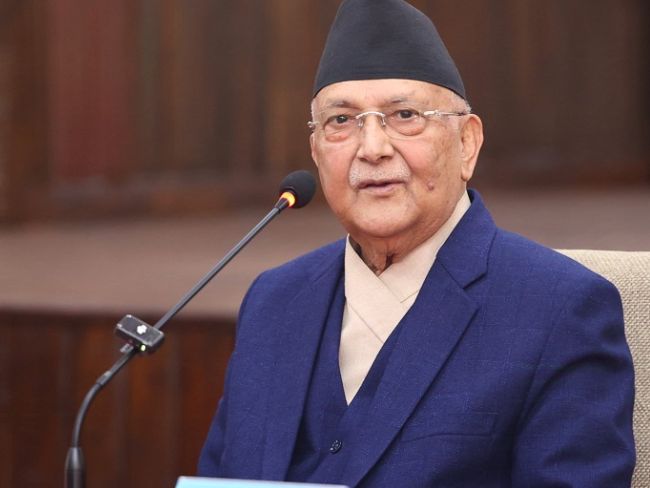
Prime Ministership
- First Term (Oct 2015, Jul 2016):
Elected after the 2015 constitution, he received support from several parties. He deals with India’s blockade and signed trade agreements with China. He resigned after losing coalition support.
- Second Term (Feb 2018, Jul 2021):
He came to power with a left alliance majority. He oversaw a party merger (NCP), managed the COVID-19 crisis, and issued a new Nepal map. His government fell due to internal disputes, no-confidence motions, and Supreme Court intervention.
- Third Term (May, Jul 2021 carrying on ):
He served briefly as a minority PM after losing his majority. He dissolved Parliament twice, but the Supreme Court ruled it unconstitutional and replaced him with Sher Bahadur Deuba.
- Fourth Term (Jul 2024, Present):
He returned through a power-sharing deal with the Nepali Congress after the Pushpa Kamal Dahal government collapsed. He was sworn in on 15 July 2024, focusing on stability and economic growth.
Electoral History
| Year | House / Assembly | Constituency | Party | Votes | Result |
| 1991 | House of Representatives | Jhapa 6 | CPN (UML) | 21,049 | Elected |
| 1994 | House of Representatives | Jhapa 6 | CPN (UML) | 18,861 | Elected |
| 1999 | House of Representatives | Jhapa 2 | CPN (UML) | 18,909 | Elected |
| 1999 | House of Representatives | Jhapa 6 | CPN (UML) | 23,749 | Vacated |
| 2008 | Constituent Assembly | Jhapa 7 | CPN (UML) | 14,959 | Lost |
| 2013 | Constituent Assembly | Jhapa 7 | CPN (UML) | 19,287 | Elected |
| 2017 | House of Representatives | Jhapa 5 | CPN (UML) | 57,139 | Elected |
| 2022 | House of Representatives | Jhapa 5 | CPN (UML) | 52,319 | Elected |
Why did KP Oli dissolve parliament?
Oli dissolved the House of Representatives twice, first in December 2020 and then in May 2021, citing internal conflict and lack of cooperation within his party. However, critics argued that he was attempting to centralize power and undermine democracy. Consequently, the High Court of Nepal restored parliament on both occasions, declaring his actions unconstitutional.
Personal Life and Health Issues
Since childhood, K.P. Sharma Oli has pursued his interests in reading, writing, and travelling. In 1987, he married former economist Radhika Shakya. They now live in Bhaktapur and also own a house in Damak, Jhapa.
Oli has had to struggle with severe medical conditions throughout his life, such as tuberculosis, gastric ulcers, and kidney complications. He had kidney transplants in 2007 and 2020, yet he remains active in politics.
Controversies:
- Parliament Dissolution (2020-21): Twice dissolved the House of Representatives; reinstated by the Supreme Court both times, because the action was unconstitutional.
- COVID-19 Response: It has been criticized for its ineffective management, slow vaccine procurement, and poor coordination.
- Nationalism vs. Diplomacy: Diplomatic relations were strained by provocative words on the place of birth of Lord Ram and India.
- Giri Bandhu Tea Estate: Contentious land transfer and the efforts to avoid judicial decisions of the Supreme Court.
- 2015-16 Nepal Blockade: The Nepal blockade was criticized for its poor preparation and inadequate response to supply shortages.
- Infighting within the Party: It is accused of being authoritarian, which divides the CPN-UML.
- Durga Prasai Allegations: In November 2024, Oli was accused by businessman Durga Prasai of engaging in illegal investment activities related to a Cambodian telecom firm. But later, Prasai confessed that he had forged the documents used to validate his claims. Regardless of this withdrawal, the event raises the question of how cyber laws are used to quash dissent.
KP Oli quits as Nepal faces Deadly Gen Z Protest:
In September 2025, Gen Z launched a major protest against corruption. As violence broke out, it killed dozens, injured hundreds, and set government buildings, including parliament, on fire. As a result, Prime Minister K.P. Sharma Oli resigned and took army protection at Shivapuri Bhairav Garh. To restore order, President Ramchandra Paudel dissolved parliament and appointed former Chief Justice Sushila Karki as interim Prime Minister, promising reforms and fresh elections on March 5, 2026.
Timeline of Events:
| Date | What happened |
| Sept 4-7, 2025 | The government issued an order to ban approximately 26 popular social media platforms (Facebook, X, YouTube, etc.) |
| Sept 8, 2025 | Protests start in Kathmandu and other places: young people (Gen Z) come to the streets, being upset with the corruption, the prohibition of social media, and unemployment. At least 19 people were killed. |
| Sept 9, 2025 | Protests go on even with curfews. The Prime Minister KP Sharma Oli resigned as an attempt to facilitate a constitutional solution, citing the reason of an extraordinary situation.Following the resignation, demonstrators stormed in and burned or destroyed government buildings, including parliament. Singha Durbar (e.g. Kathmandu) is closed down due, the riots. |
| Sept 10-11, 2025 | The protests continue in most regions. Bodies found; number of those killed increasing. Injured being treated. |
| Sept 12, 2025 | The interim Prime Minister is former Chief Justice Sushila Karki. Parliament is dissolved. The next elections are planned for 5 March 2026. |
Conclusions
KP Sharma Oli’s story shows resilience, ambition, and controversy. He spent 14 years in prison and served three terms as Nepal’s Prime Minister, leaving an indelible mark on the country’s politics. People respect him for his nationalism and radical leadership, but they also criticize him for his authoritarian choices and scandals, making him one of the most powerful and controversial political leaders in Nepal.
You May Also Like:

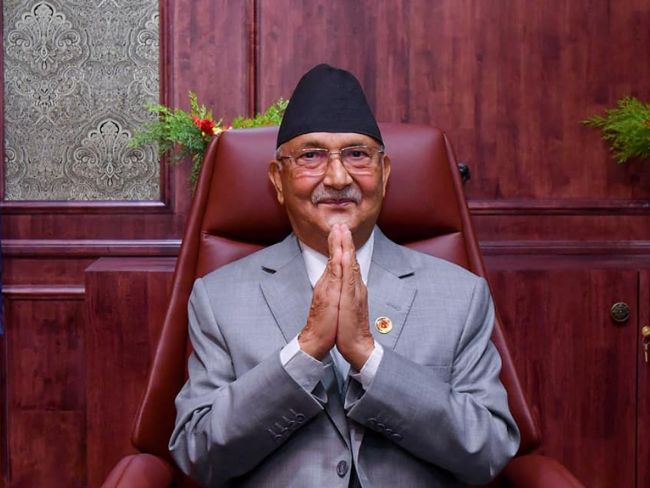
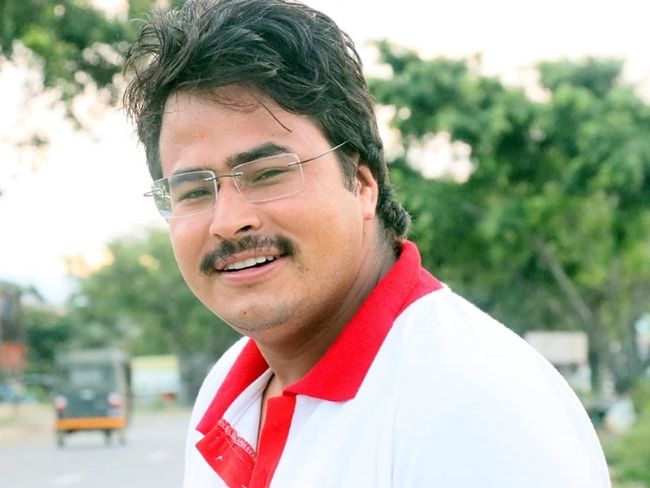
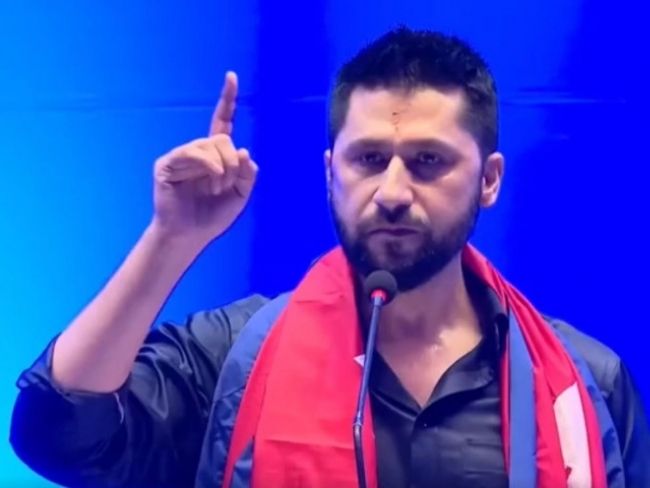
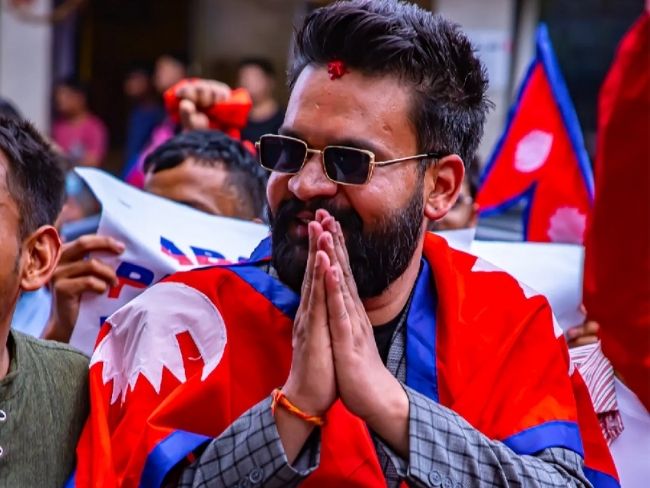
Comments are closed